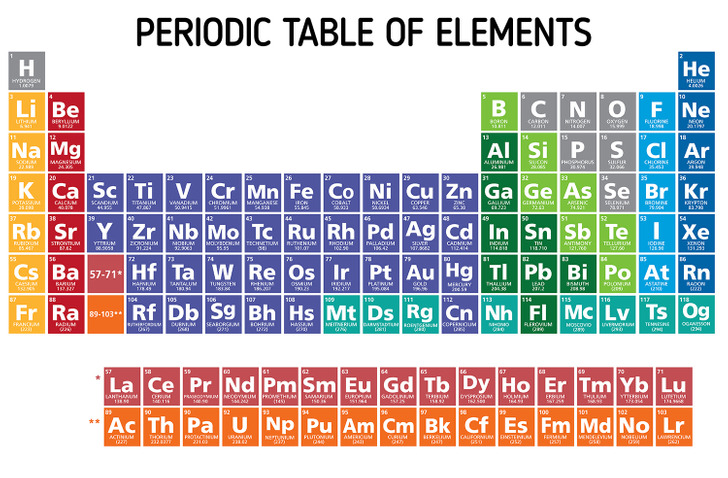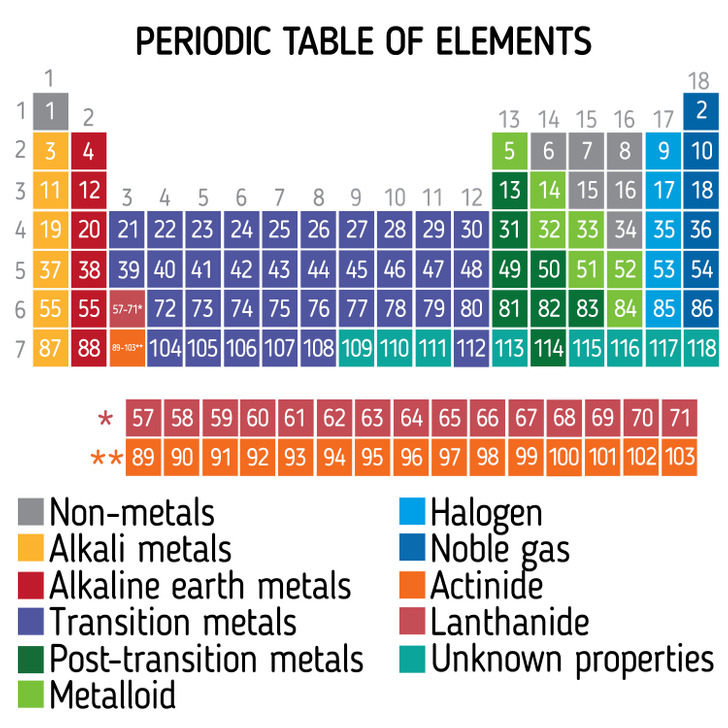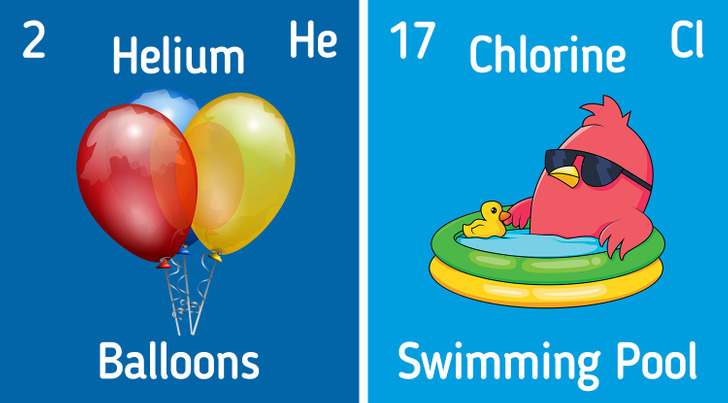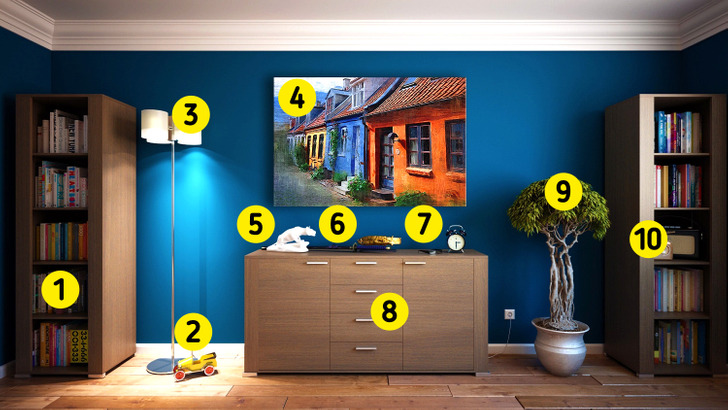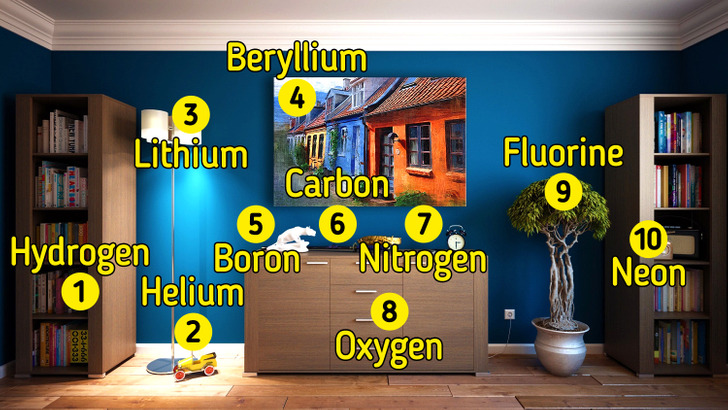4 Fun Ways to Learn and Memorize the Periodic Table Easily
The periodic table is a useful resource that displays and organizes all of the 118 discovered chemical elements. Understanding and learning parts of the periodic table will help you understand useful information about the elements, and you might even be able to predict how the different elements will behave.
Trying to learn 118 elements can be very challenging, but there are many strategies you can use to achieve this purpose. 5-Minute Crafts has created a guide showcasing some of the most useful ways that make learning the periodic table an easy and enjoyable endeavor.
Get a periodic table.
The first order of business is, naturally, to get your hands on an updated copy of the periodic table. Thanks to technology, you have a multitude of options—digital and physical copies, interactive tables and smartphone apps—that you can choose from, but making or keeping hard copies around is always advisable. Doing so will not only let you study the periodic table everywhere you go, but it will also serve as a reminder for your commitment to the process of learning the table.
You can also easily find designs of a blank periodic table, which could also be printed out to further train your memorization skills.
The information you can find in the periodic table.
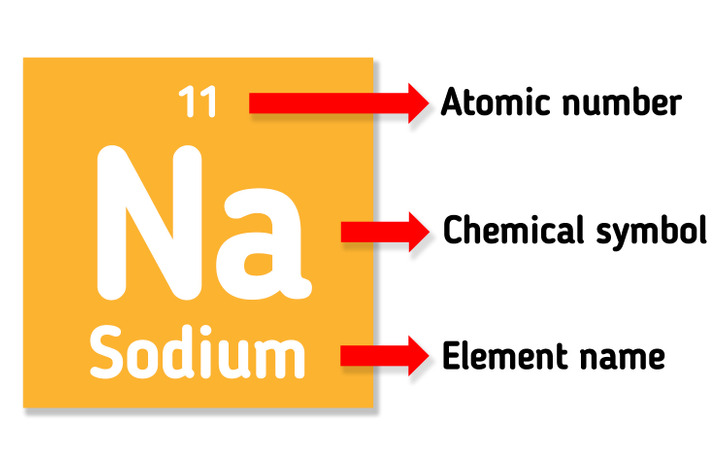
Before trying to memorize the periodic table, it will be useful to know what kind of information you can find inside it. Depending on the version that you have, it will display different kinds of information, but there are three key pieces of information that your periodic table should have:
- Atomic number: this is determined by the number of protons in the atoms of a specific element. Sodium, and no other element, has an atomic number of 11 since its atoms have 11 protons. Each element has its own atomic number.
- Chemical symbol: each element has its own abbreviated form that is often used to refer to it. Sodium, for example, is usually referred to in written form as “Na”.
- Element name: an element is a substance whose atoms share the same atomic number. This means, for example, that sodium is an element that is exclusively made up of sodium atoms.
How the periodic table is organized.
Because of the amount of information and elements that the periodic table contains, it’s advisable to spread out the learning process, focusing on a small number of elements at a time. Luckily, the periodic table is designed and organized in such a way that you have many ways to categorize the elements into different groups:
- All elements are listed in an ascending order from left to right, based on their atomic number. Hydrogen sits at the upper left corner of the table with an atomic number of one, and it goes all the way to oganesson in the bottom right corner, with an atomic number of 118.
- The table is divided into 7 rows and 18 columns, but they receive the respective names of periods and groups. The two rows at the bottom are actually part of periods 6 and 7, on the intersection with group 3. These two periods at the bottom account for atomic numbers 57–71 and 89–103.
- More often than not, the periodic table is color-coded. The most common way to color-code the table is to have elements with similar properties represented by the same color, as is the case of groups like non-metals and noble gases, though there are also other ways of grouping elements as well.
1. Use flashcards.
Using flashcards is a way for visual learners to learn the periodic table. You can print cards that have been previously made, but there’s an added benefit if you make your own—writing the information down helps your brain retain it. A good idea is to make two-sided flashcards, with one side serving prompt for a specific element, and the other as an example of where to find said element, but you can also make or print one-sided cards.
To make it more effective, it’s advisable to read the names out loud when you’re studying with flash cards, as you will be paying more attention to the process if you’re reciting the names of the elements out loud. You can also use color to learn the different groups of elements, making your flashcards even better.
2. Sing songs about the periodic table.
If you are more of an auditory learner, music can be a great tool to learn the elements. It has the benefit of being catchy, and it also makes the act of repeating information over and over again more enjoyable.
“The Elements” is a song written in 1959 by Tom Lehrer. It’s one of the most known songs about the chemical elements, though it only features 102 of the 118 elements we know today. A more modern choice is the 2018 version of “The Periodic Table Song” by AsapSCIENCE. In addition to this, you can always make your own songs to help you learn the periodic table.
3. Make up words and phrases that will help you remember the elements.
Coming up with mnemonic devices that you can easily remember serves a very useful purpose, which is to condense multiple elements into a single mental prompt. For example, memorizing the fictional name Heeliebeb Kernoff can be used as a way to access the first nine chemical symbols of the periodic table—H, He, Li, Be, B, C, N, O, and F. You make the rules here, so you can make up any word, with any pronunciation that you may find convenient.
You can do the same thing with a phrase or sentence, allowing you to memorize even bigger sets of elements. You can make mnemonic devices for the different periods and groups of the table, as well as all the elements that share the same color, or any other criteria of your choosing.
4. Use memory palaces or other mental images to help you memorize the elements.
A similar mnemonic technique is to create an intricate mental image that helps you visualize a subset of chemical elements—also known as a memory palace. An easy way to build a memory palace is to think about a place that you’re familiar with, like your bedroom or office. From there, you need to come up with a sequence of locations in the place that you’ve chosen, such as objects that you can easily identify in your bedroom. The idea is to assign the different things that you want to remember to the locations within your memory palace, so that you can remember them whenever you mentally go back to your palace. You can also use a specific journey as the starting point for your memory palace.
You can apply this technique to the periodic table. For example, the very first element of the table, hydrogen, can be associated to things such as water, the sun, or the word hydrant. Then, you can simply assign any of these things to of the locations of your palace. Ideally, you want to create a very detailed memory palace, where the things you’re trying to memorize interact with each other. Doing so will help you remember the rest of your memory palace more easily.
Once you have associated the first element that you want to memorize, you can keep going until you have finished building your memory palace. The example seen above is a memory place with a sequence of ten locations, marked by ten different objects that stand out. This memory place stores the first ten elements of the periodic table. You can make more memory palaces until you have eventually covered the entire table.
Using techniques that involve mental imagery are effective because our visual memory is much more powerful than our verbal memory. It might take work coming up with complex memory palaces to learn the periodic table, but it’s one of the best ways of doing it.
